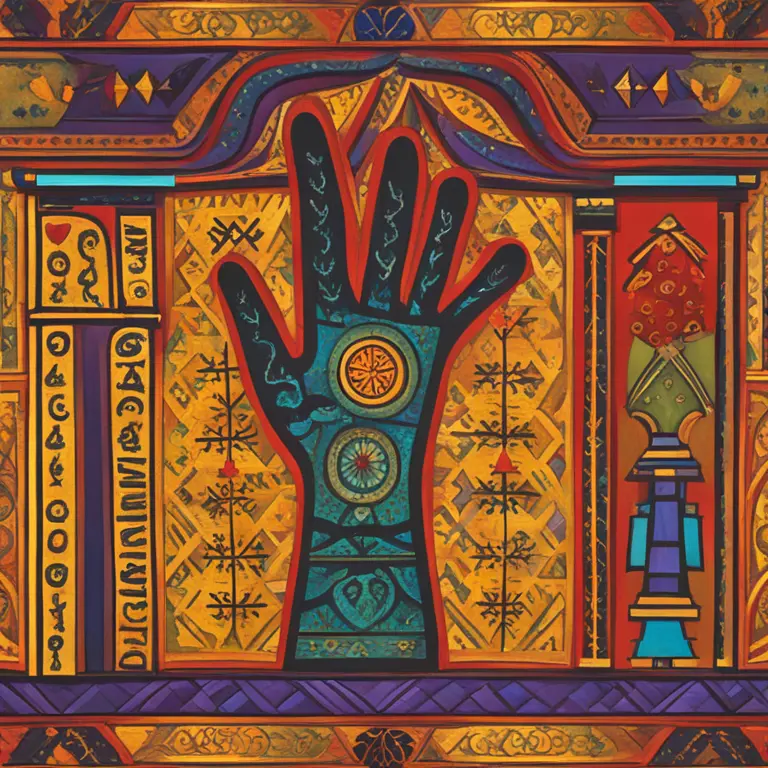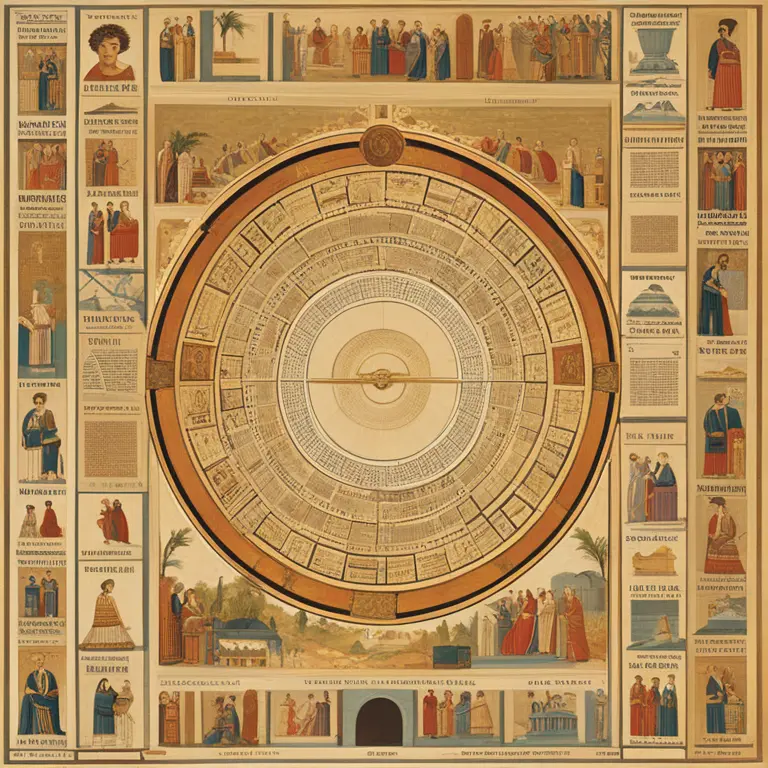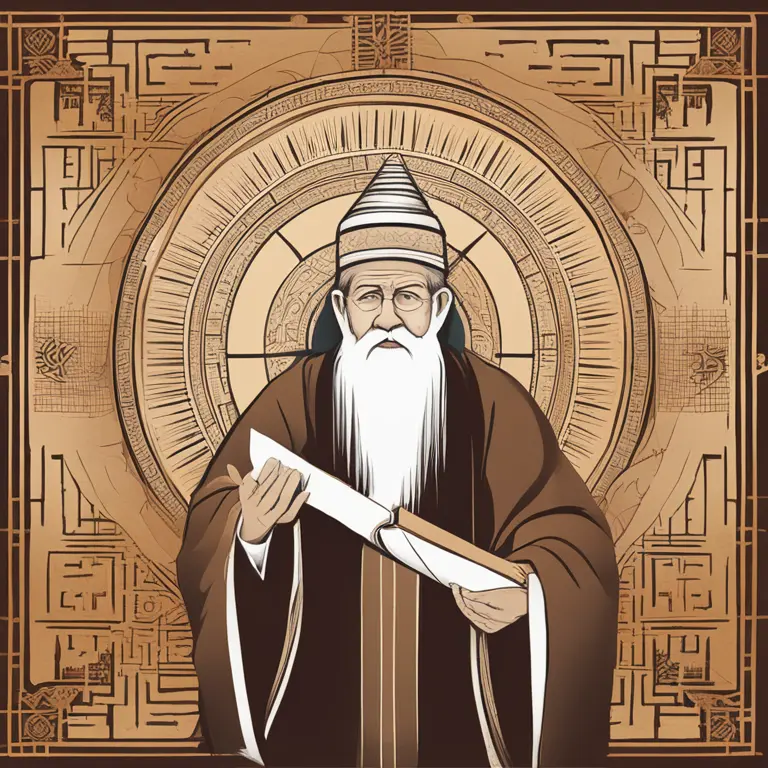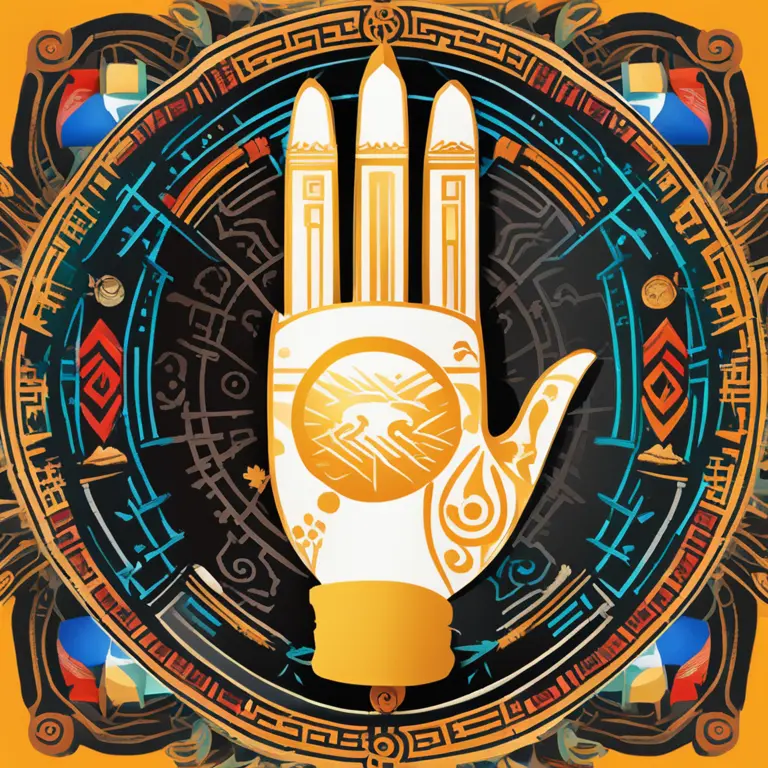
The Origins of Palmistry: Exploring Its Historical Roots
Discover the ancient beginnings of palmistry and the key figures associated with its development as a practice for divination and personality assessment.
article by Nora Pennington
Introduction to Palmistry's Heritage
Palmistry, or chiromancy, has fascinated humans for centuries. This art of hand analysis is believed to reveal individual personality traits, future prospects, and a person’s health. While the origins of palmistry are shrouded in mystery, its practice spans different cultures and time periods. The art of reading palms is thought to have begun in ancient times, with roots in various regions around the world from India and China to Egypt and Greece. It's a discipline that has evolved with cultural exchange, gaining nuances and methods distinctive to each civilization's worldview.

Early Civilizations and Palmistry
Ancient texts and archaeological discoveries suggest that palmistry was practiced by the Sumerians and Babylonians as early as 4,000 years ago. In India, it is part of the Vedic literature and is still widely practiced today as a segment of Samudrika Shastra. This sacred text is believed to have been written by sage Valmiki several thousand years ago. Meanwhile, ancient Chinese lore points to the I Ching, which implies forms of hand analysis existed thousands of years before it was officially documented.

Greek Influence and Expansion
The Western perspective of palmistry often attributes its formalization to the Greeks. The philosopher Anaxagoras is said to have introduced palmistry to Athens, while Hippocrates and Aristotle also referenced chiromancy in their works. Aristotle's fascination with the hands' lines and their potential meanings is well documented, and his observations laid a framework which Alexander the Great believed to greatly benefit his leadership abilities.

The Medieval Stigma and Palmistry
Despite its earlier popularity, during the Middle Ages, palmistry was less favored, often associated with witchcraft and banned by the church. The art saw a decline in Europe until the Renaissance breathed new life into intellectual curiosity about human nature and the metaphysical. In this period, palmistry resurfaced mostly as a hobby of the elite, thanks in part to the publication of influential texts like 'The Art of Chiromancy' by Johann Hartlieb in 1450.

The Modern Revival of Palm Reading
The practice witnessed a resurgence in the 19th century with figures like Captain Casimir Stanislas D'Arpentigny and William John Warner, also known as Cheiro, contributing significantly. Cheiro's charisma and his success with reading the palms of the elite and celebrities popularized palmistry anew, embedding it deeply in modern esoteric traditions. His books on the subject have educated generations of aspiring palm readers and remain influential.
Palmistry Today
In contemporary times, palmistry lives on both as a form of entertainment and a serious practice among believers. Digital technology and apps have even brought palm readings to smartphones and computers, broadening access and interest. While palmistry does not hold scientific backing, it maintains a fascination for many as a tool for introspection and guidance.
Published: 1/11/2024
Modified: 1/12/2024
More predictions
Come back here soon to learn more about yourself and your future


The Possibility of Palmistry in Cancer Detection
Examining the claims that palmistry holds any potential in identifying the risk of cancer: a deep dive into the world of mysticism and medicine.


Can Palmistry Foresee One’s Demise?
Delve into the contentious debate about whether palmistry can predict the end of life and the ethical considerations of such a claim.


The Essence of Palmistry: Interpreting Lines and Shapes
Delve into the world of palmistry to discover the meanings behind the lines and shapes etched into the palms of your hands.